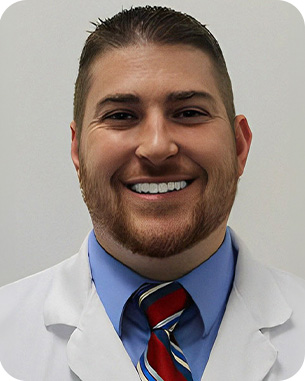Guided Bone Regeneration (GBR) has become one of the cornerstones of modern implant dentistry, especially in the rehabilitation of patients with significant bone loss. Whether due to edentulism, periodontal disease, trauma, or congenital defects, the loss of bone structure often complicates implant placement, necessitating techniques such as GBR to provide the foundation for successful implant outcomes.
GBR involves the use of barrier membranes and bone graft materials to guide and stimulate the natural regenerative process in deficient bone areas. By enhancing bone growth at the implant site, GBR facilitates the placement of implants in areas that would otherwise be insufficient for stable anchorage. For trained implantologists, mastering GBR is not only a matter of technique but also understanding the biological principles and material choices that ensure the optimal success of this regenerative procedure.
This article provides an in-depth look at GBR techniques, including material selection, surgical principles, indications, and key considerations that help clinicians achieve predictable and successful results in their practice.
1. Understanding the Fundamentals of GBR
GBR is based on the principle of guided tissue regeneration, where barrier membranes are used to create a space where bone can form and regenerate without interference from surrounding tissues like epithelium or connective tissue. The space created by the membrane serves as a scaffold, allowing for the selective regeneration of bone rather than soft tissue, which is essential for creating a stable foundation for dental implants.
A. Biological Basis of GBR:
The goal of GBR is to direct and stimulate the body’s natural regenerative processes to rebuild lost bone. The osteogenic potential of bone grafts, combined with the protective role of the membrane, allows for the regeneration of bone in areas with inadequate volume for implant placement. The barrier membrane acts as a shield that prevents soft tissue infiltration, allowing osteoblasts to populate the bone graft and regenerate bone.
B. The Role of Barrier Membranes:
There are two main types of membranes used in GBR procedures:
- Resorbable membranes: These membranes dissolve over time, eliminating the need for a second surgery for membrane removal.
- Non-resorbable membranes: These need to be removed in a second surgery once the bone has sufficiently healed.
Both membrane types serve the same purpose: to maintain the space needed for bone regeneration while preventing soft tissue ingrowth that can inhibit osteogenesis.
2. Indications for GBR in Implant Dentistry
GBR is indicated in a variety of clinical scenarios where there is insufficient bone volume to place dental implants. These situations commonly arise from vertical and horizontal bone loss, which can occur as a result of:
- Severe bone resorption following tooth loss.
- Sinus floor elevation where the posterior maxilla lacks sufficient height for implant placement.
- Defects due to trauma, where bone loss has occurred at the implant site.
- Periodontal disease, which may cause significant bone loss around remaining teeth or edentulous sites.
- Congenital or developmental defects, such as those seen in cleft palate patients or individuals with other craniofacial anomalies.
A. Vertical Bone Defects:
Vertical bone loss, often caused by prolonged edentulism or severe periodontal disease, is a common scenario requiring GBR. In such cases, a bone graft combined with a barrier membrane is used to regenerate bone in the vertical dimension, allowing for successful implant placement.
B. Horizontal Bone Defects:
When patients suffer from horizontal bone loss (such as after tooth extraction or long-term edentulism), GBR can be employed to augment the bone width and provide a stable base for implant placement.
C. Sinus Lift Procedures:

Get full access to this article, many others published weekly, and a library of exclusive resources by becoming an ADI MEMBER today. Stay informed, expand your knowledge, and connect with leading professionals in dentistry.
Already a member? Login Now












